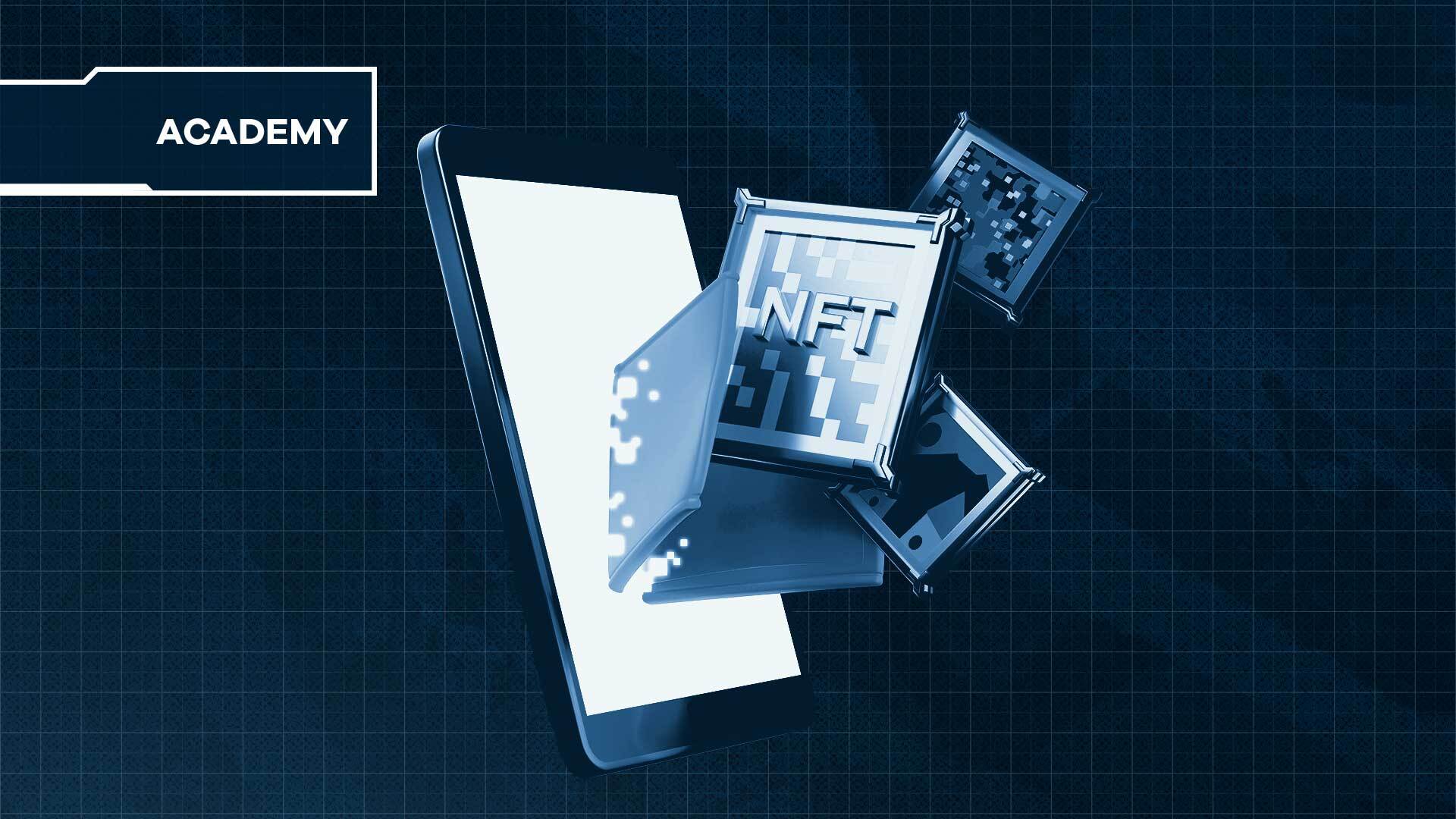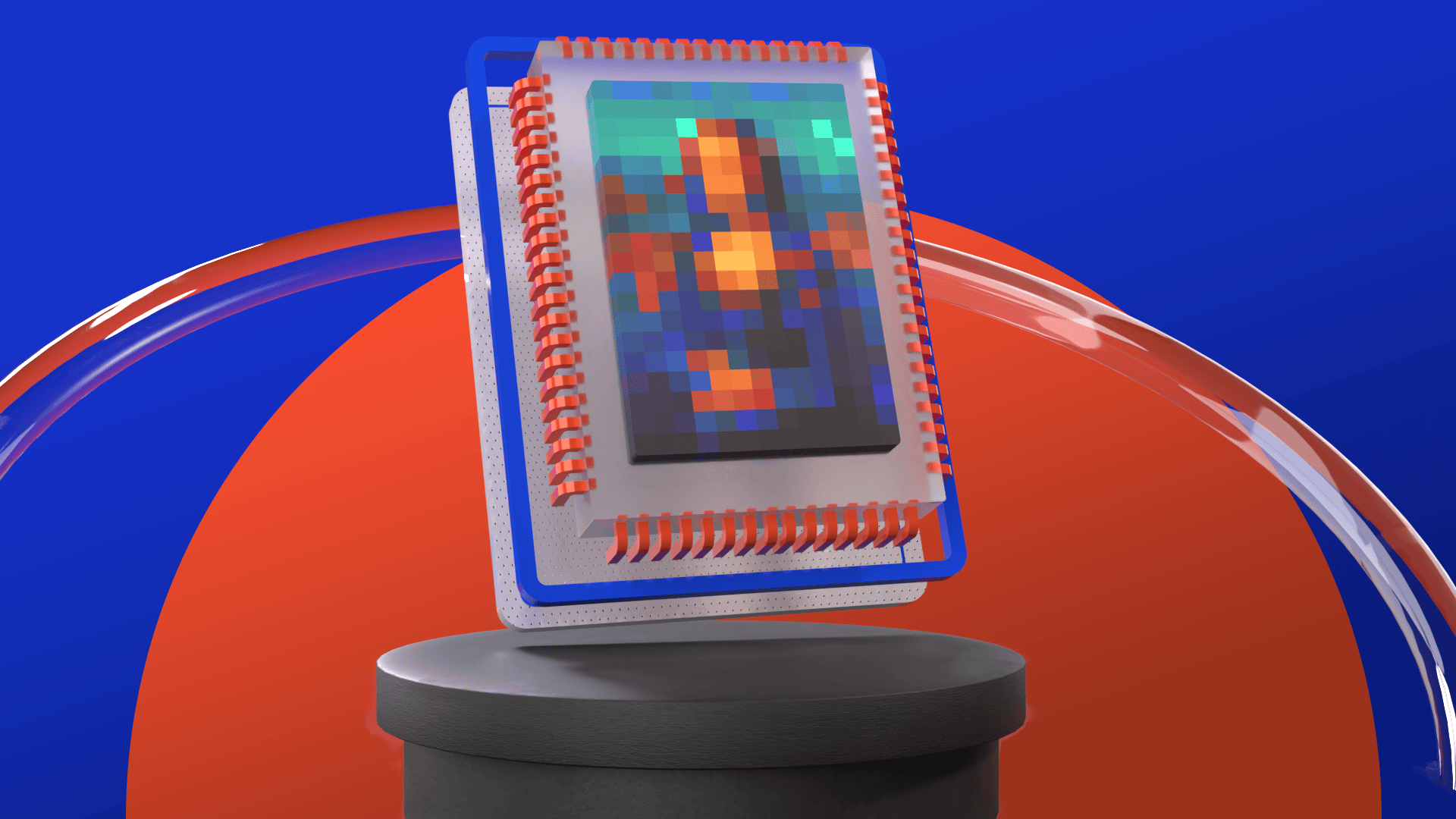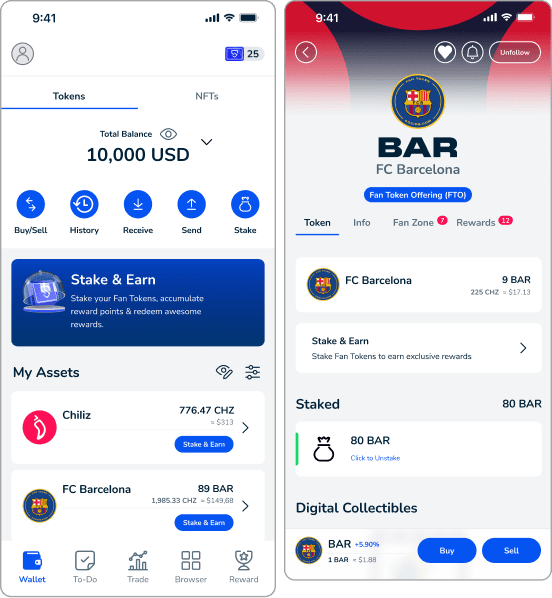In recent years, the world has witnessed a technological shift that has paved the way for groundbreaking innovations. Decentralized applications, more commonly known as Dapps, are at the forefront of this revolution. These applications are transforming the traditional software development landscape, offering a more transparent, secure, and user-friendly digital experience. Here, you will find everything you need to know about Dapps explained in this article. So let’s get started on this Dapp tutorial and find out more.
What is a Dapp?
This is a software protocol designed to enable new types of applications capable of running without any central authority or middlemen intervention. Dapp meaning Decentralized Autonomous Applications are decentralized applications that run on a peer-to-peer (P2P) blockchain network leveraging smart contracts to automate processes and execute transactions between users directly.
They allow developers to create transparent and immutable applications with enhanced security and privacy features. Dapps are gaining popularity thanks to their ability to bring transparency in the digital world while ensuring user control over data ownership. These decentralized apps have significant potential in industries such as finance, insurance, healthcare and entertainment where secure sharing of data without intermediaries is crucial.
How Dapps Work?
Built on blockchain technology, Dapps operate on a distributed network that is not controlled by a centralized authority. All transactions are recorded and verified by others in the network using Dapps smart contracts. This creates an immutable ledger that is transparent and tamper-proof. Additionally, Dapps can utilize tokens to incentivize users to participate in their network which creates a self-governing system that can operate without intervention from a central authority.
Key Features of Decentralized Applications
Security, immutability and transparency are the three most important features of a Dapp. Let’s take a look at just a few key features of decentralized applications.
- Transparency – Dapps are designed to be transparent, as their data and transactions are recorded on a public blockchain. This transparency allows you to verify and audit the application’s activities, promoting accountability.
- Immutability – Once data is recorded on a Dapp blockchain, it becomes immutable and cannot be altered retroactively. This feature ensures the integrity and permanence of transactions and records within the Dapp.
- Security – Dapps leverage cryptographic techniques to prevent unauthorized access or tampering. They enhance security thanks to the use of encryption, digital signatures, and consensus mechanisms.
Additionally, Dapps often have their native tokens or cryptocurrencies, which serve various purposes within the application. These tokens can represent ownership rights, and voting power, or be used as a medium of exchange. Tokenization facilitates economic interactions within the Dapp ecosystem.
Examples of Dapps
There are a lot of Dapp examples spread across many different sectors. They include the following:
- Finance – crypto Dapps enable direct transactions, lending, and decentralized exchanges, eliminating intermediaries and enhancing financial inclusivity. Dapps can enable automated smart contracts for insurance claims, streamlining the process and reducing fraud.
- Governance – Dapps support transparent voting systems, decentralized decision-making, and secure record-keeping, ensuring fairness and accountability. This enables users to participate in decentralized decision-making processes and engage more in the regulations of their nation or state.
- Gaming – This sector features Dapps that enable a new type of gaming called play-to-earn. Here you can earn real-world money using a Dapp NFT that can be bought, sold, and traded.
Benefits and Challenges of Decentralized Applications
One key advantage of Dapps is the enhanced transparency facilitated by blockchain technology, enabling users to verify and monitor transactions. They also eliminate intermediaries, resulting in cost reduction and improved efficiency. Importantly, the decentralized nature of Dapps, along with robust cryptographic protocols, enhances security by safeguarding user data and mitigating the risks of unauthorized access or tampering.
However, despite their many advantages, Dapp development faces challenges such as scalability and the learning curve associated with emerging technologies. The scalability of a Dapp is determined by the capacity of the underlying blockchain network to handle transactions. If the network is not able to process transactions quickly enough, it can lead to performance issues such as slow loading times and high fees.
On the other hand, the learning curve for developing and using Dapps can be steep, as it requires knowledge of blockchain technology. This can make it difficult for developers and users who are not familiar with blockchain to get started with Dapps.
When it comes to an efficient and robust decentralized app that offers tokens, Socios.com offers fan tokens that can be stored in a Dapp wallet. This app helps football fans gain recognition and impact their favourite teams. So, join football fans today to connect, contest and claim rewards on the Socios.com platform.






